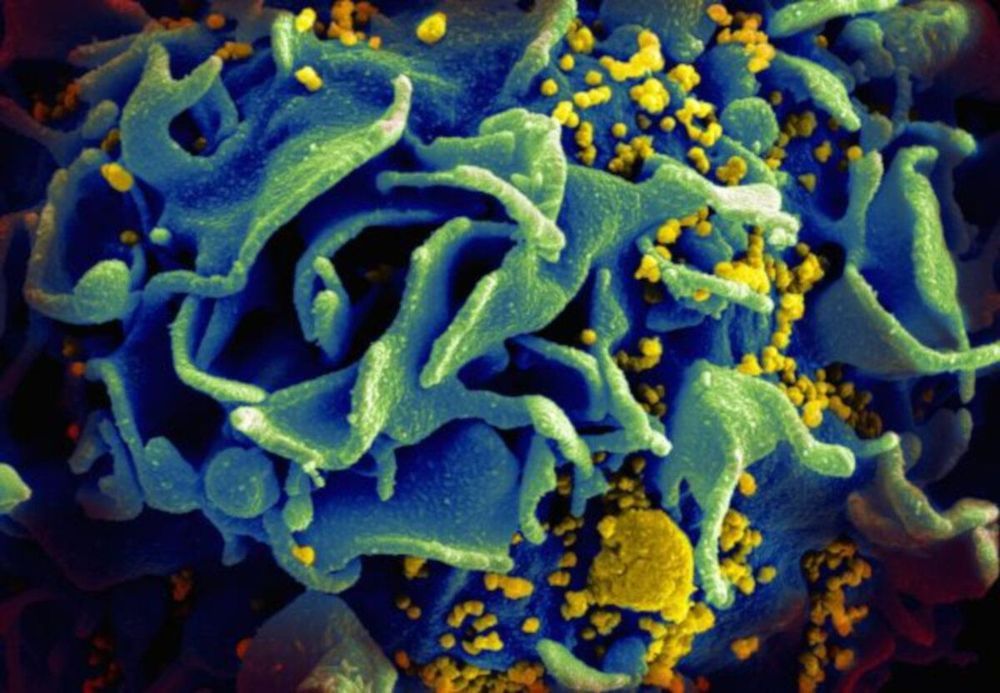Industrial powerhouse Honeywell says its latest quantum computer is now the fastest in the world. How quickly real-world applications will develop or how swiftly they’ll be able to impact industries or affect cryptographic systems such as Bitcoin is the subject of rigorous debate.
In an announcement on Thursday, Honeywell says its team of scientists, engineers and technicians has delivered a quantum volume of 64. The metric measures both the total number of the computer’s qubits and how well it handles them. IBM’s machine scored a 32, suggesting Honeywell’s quantum computer is twice as fast.
Honeywell’s machine is designed to add up to 640,000 quantum bits (qubits) as the system scales. Tony Uttley, president of Honeywell’s quantum computing division, tells CNET.






